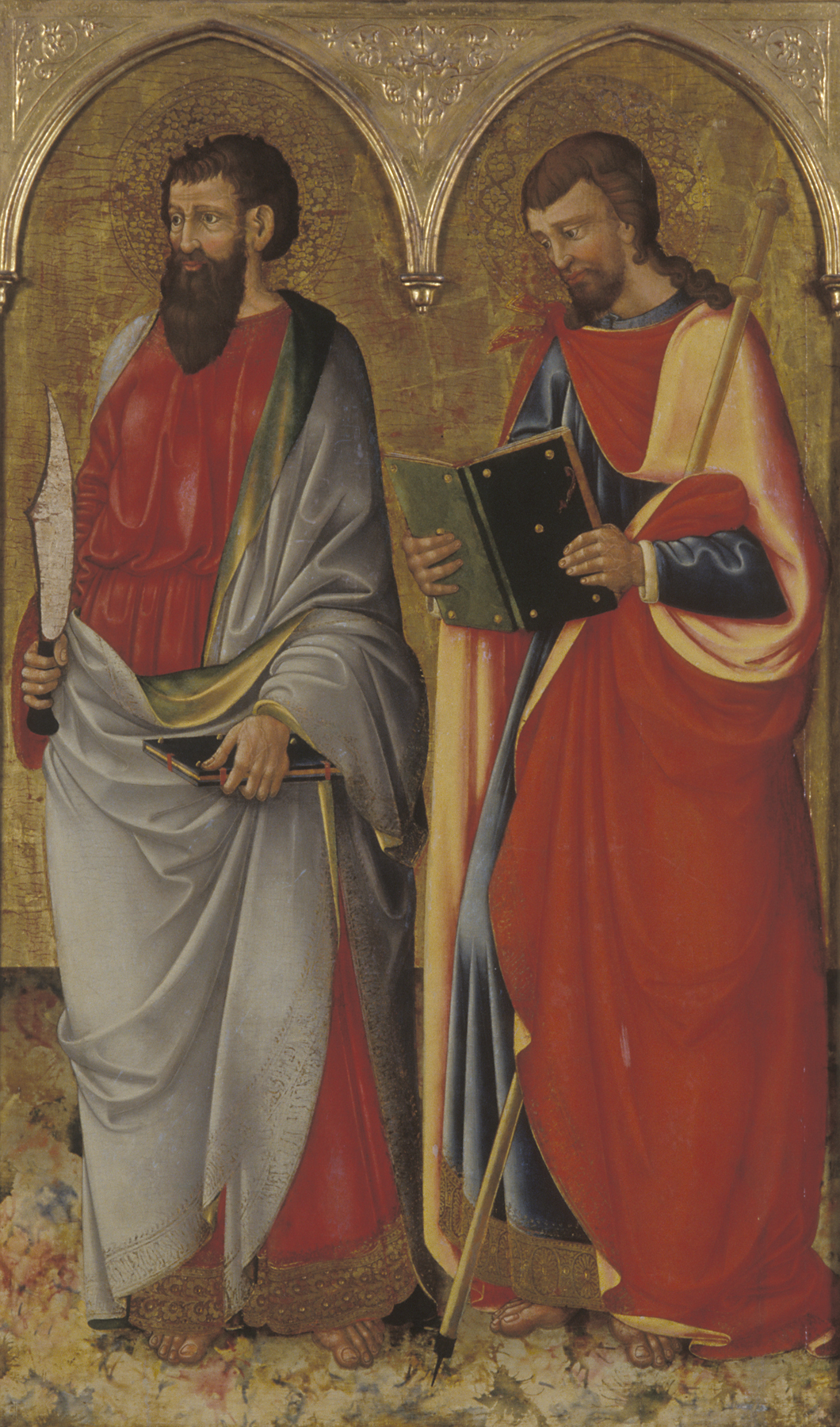Saint Bartholomew and Saint James the Great, Neri di Bicci
Artwork Overview
Neri di Bicci, artist
1418–1492
Saint Bartholomew and Saint James the Great,
1460–1470
Where object was made: Italy
Material/technique: panel; tempera; gold leaf
Dimensions:
Canvas/Support (Height x Width x Depth): 123.2 x 76.9 cm
Canvas/Support (Height x Width x Depth): 48 1/2 x 30 5/16 in
Canvas/Support (Height x Width x Depth): 123.2 x 76.9 cm
Canvas/Support (Height x Width x Depth): 48 1/2 x 30 5/16 in
Credit line: Gift from the Samuel H. Kress Study Collection
Accession number: 1960.0047
Not on display
If you wish to reproduce this image, please submit an image request






